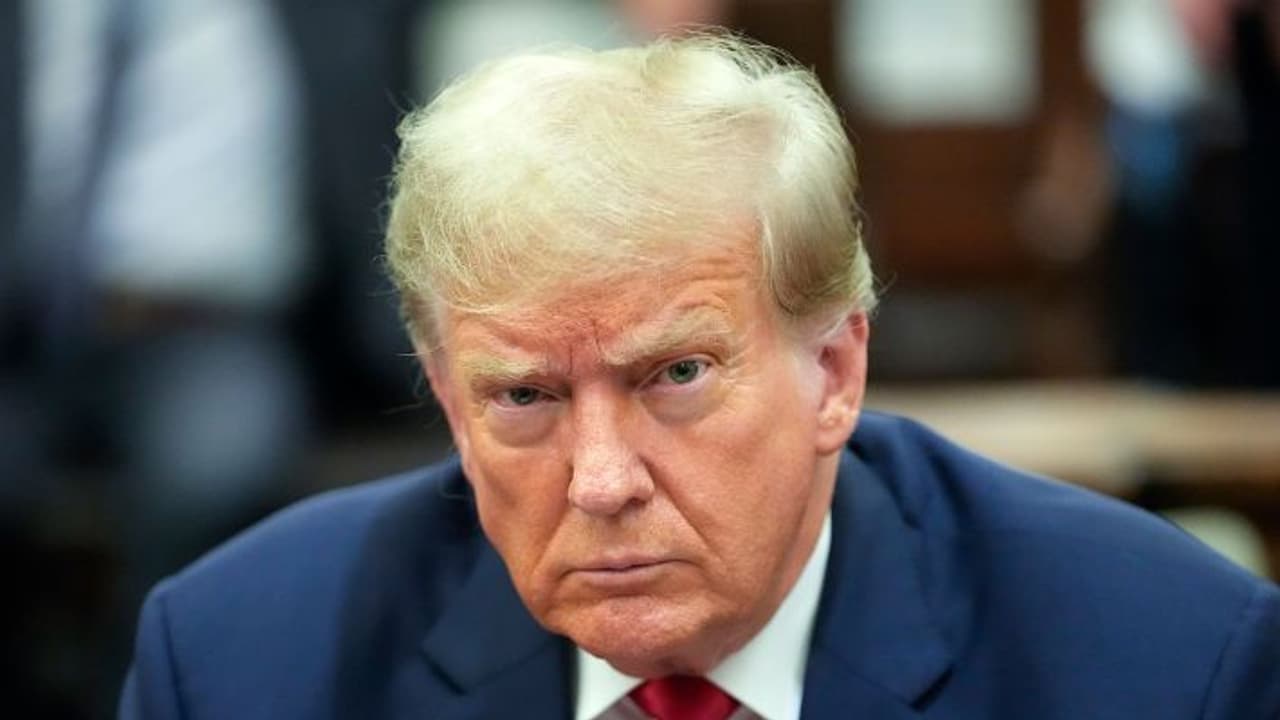Around 70% of India’s exports to the US, worth USD 60.85 billion, now face 50% tariffs. An ICRIER report warns of severe impact on textiles, gems, jewellery, auto parts, and shrimp, urging relief and market diversification.
Around 70 per cent of India’s goods exports to the US, equivalent to USD 60.85 billion, are now exposed to the 50 per cent tariff imposed by the US administration, according to an analysis by ICRIER. This represents just 1.56 per cent of GDP and 7.38 per cent of total exports, far from a catastrophe for a USD 3.9 trillion economy. A report by the Indian Council for Research on International Economic Relations, titled ‘Navigating Trump’s Tariff Blow’ authored by Ashok Gulati, Sulakshana Rao, and Tanay Suntwal, argued that the impact is heavily concentrated in labour-intensive and high-value sectors such as textiles and apparel, gems and jewellery, auto parts and agricultural products, notably shrimp.
“These sectors not only anchor the merchandise exports to the US but also directly affect employment generation and the livelihoods of millions of workers and farmers,” the ICRIER report read.
The textiles and apparel sector faces a tariff disadvantage of over 30 percentage points compared with competitors like Bangladesh, Pakistan and Vietnam, threatening its competitive position in a key export market, the report noted. Gems and jewellery exports, worth USD 11.9 billion, face similar challenges against suppliers such as Turkey, Vietnam, and Thailand.
Auto parts, which constitute 3 per cent of India’s exports to the US, are also vulnerable.
In agriculture, shrimp exports will be worst hit with 50 per cent tariffs higher than those applied to competitors like Ecuador, Indonesia, and Vietnam, in addition to the existing anti-dumping and countervailing duties India faces, the ICRIER authors argued.
“These are sectors where buyers can switch sourcing relatively quickly, which gives US importers bargaining power and weakens India’s negotiating position,” they supplemented.
Against this backdrop, ICRIER recommended a three-pronged strategic response. “Firstly, smart negotiations with logic and rationality. Secondly, announce immediate and targeted relief support to hard hit sectors, and last on high priority, diversify our export markets,” it summarised its recommendations.
“The success of our leaders will be ensuring that short-term disruptions give way to long-term gains, reinforcing India’s position as a trusted and indispensable player in the global economy,” the abstract of the ICRIER report concluded.
Initially, US President Donald Trump announced 25 per cent tariffs on Indian goods, even as there were hopes of an interim India-US trade deal that would have otherwise helped avoid elevated tariffs. A few days later, he imposed another 25 per cent tariff, taking the total to 50 per cent, citing India’s continued imports of Russian oil.
In contrast to India, competitors such as Vietnam (20 per cent), Bangladesh (18 per cent), Indonesia, Malaysia, and the Philippines (19 per cent), and Japan and South Korea (15 per cent) enjoy lower rates, as per reports.
However, the new US tariff regime excludes pharmaceuticals, energy products, critical minerals, and semiconductors. Over the past few months, India and the US have been negotiating for an interim trade deal. Still, there are reservations from the Indian side on the US demand for opening up the agricultural and dairy sectors. Agriculture and dairy are critical for India as these two sectors provide livelihood opportunities to a large section of people.
India and the US initiated talks for a just, balanced, and mutually beneficial Bilateral Trade Agreement (BTA) in March this year, aiming to complete the first stage of the Agreement by October-November 2025.
US President Donald Trump had imposed reciprocal tariffs on dozens of countries with which the US has a trade deficit. Since assuming office for his second term, President Trump has reiterated his stance on tariff reciprocity, emphasising that his administration will match tariffs imposed by other countries, including India, to “ensure fair trade”.
On April 2, 2025, President Trump signed an executive order for reciprocal tariffs on various trade partners, imposing varied tariffs in the range of 10-50 per cent. He subsequently kept the tariffs in abeyance for 90 days, while imposing a 10 per cent baseline tariff, providing time and space for making trade deals. The deadline was to end on July 9, and the US administration later pushed it to August 1.
Faced with tariffs, during the ongoing Monsoon session of Parliament, Commerce and Industry Minister Piyush Goyal made a statement in both Houses, affirming that the government is examining the impact of tariffs and will take all necessary steps to safeguard the national interest.
On India’s import of Russian oil, the Ministry of External Affairs (MEA) also made its position clear, stating that India’s imports are meant to ensure predictable and affordable energy costs to the Indian consumer.
MEA said that the targeting of India is “unjustified and unreasonable”. “Like any major economy, India will take all necessary measures to safeguard its national interests and economic security,” India made clear its stance yet again.
